“A casual portrait of a woman smiling, 1880”
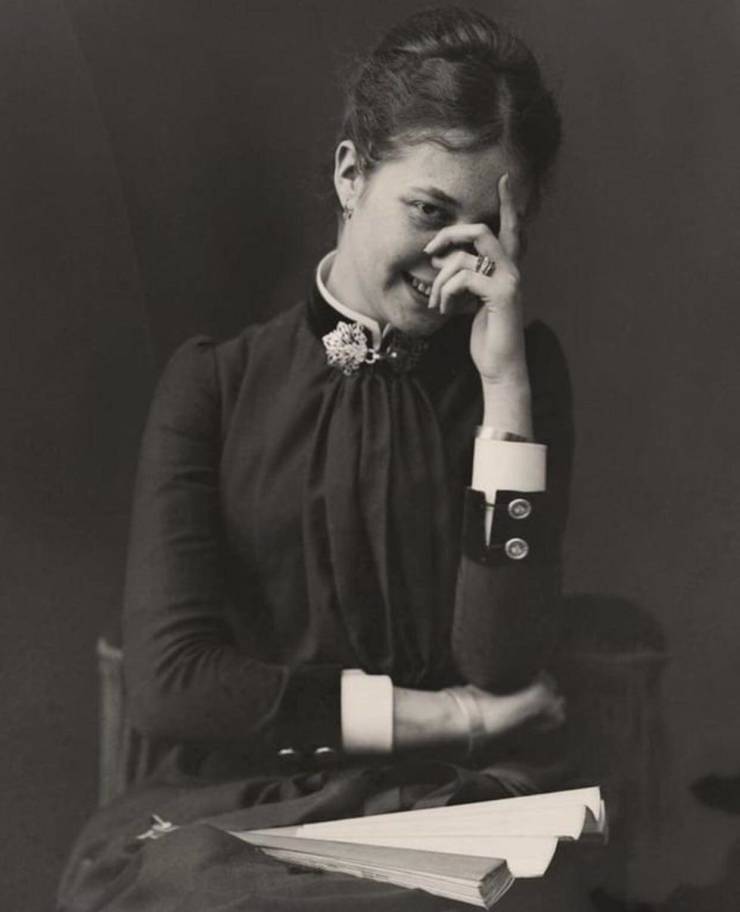
“‘Marijuana Party’ 1950”
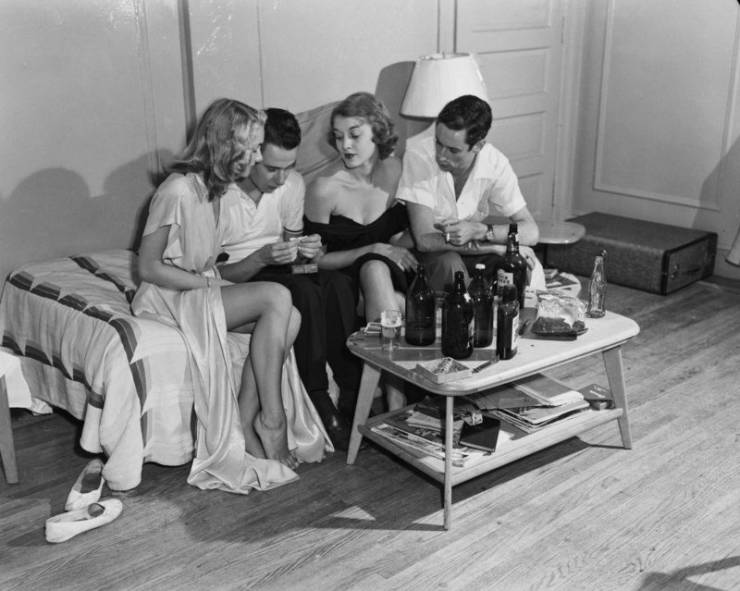
“Maud Stevens Wagner the first known female tattoo artist in the United States. 1907”
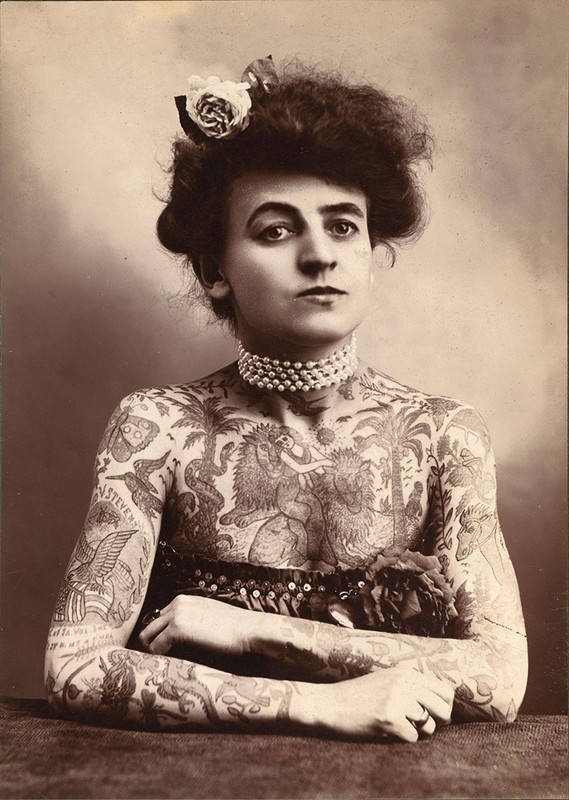
“Leadbelly performing at a school”
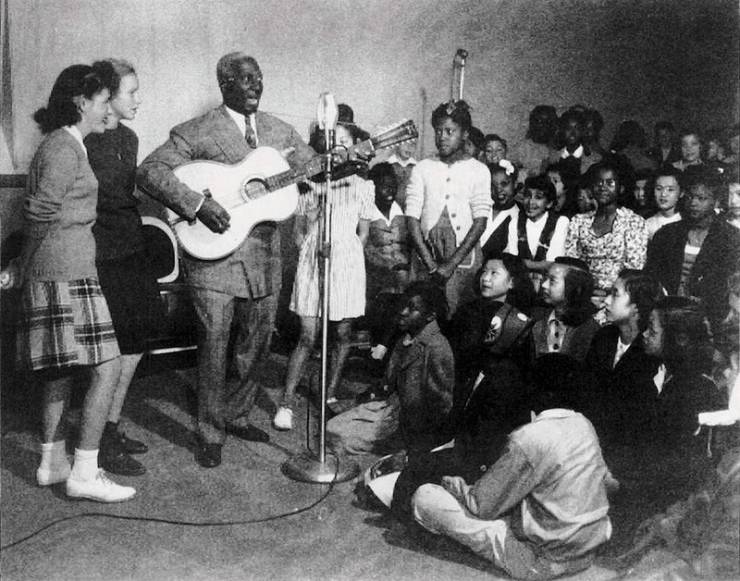
“Marpessa Dawn being carried and kissed by husband Eric Vander, ca. 1961”
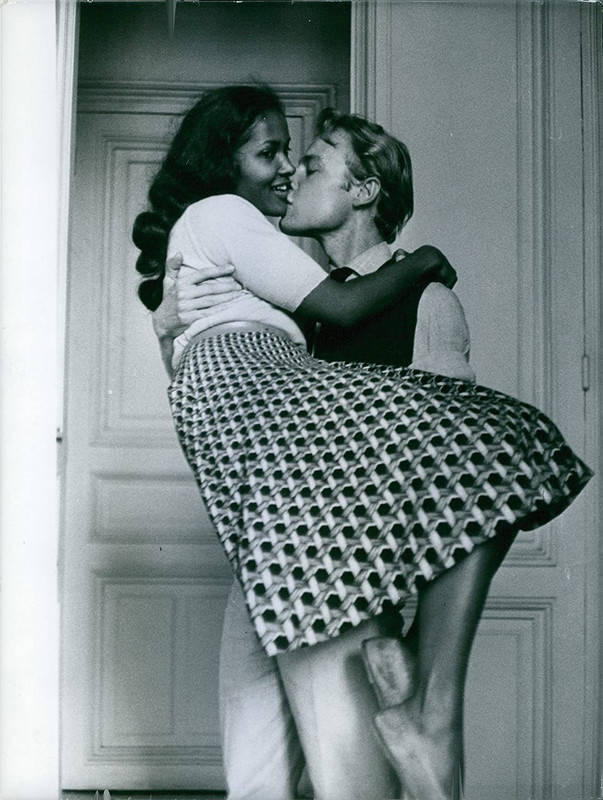
“1967 photo of high school student Cynthia Blanton holding a copy of the March 1967 issue of Playboy. She was mistaken for Miss March ‘Fran’ by the boys at school.”
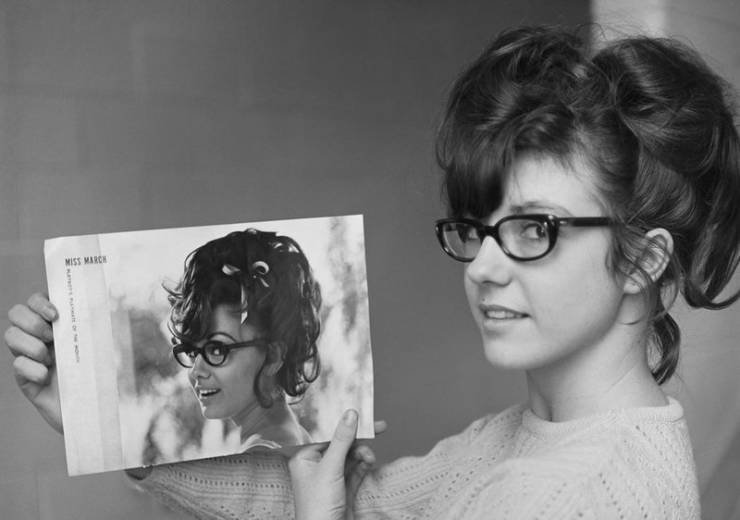
“Billie Holiday performing at Cafe Society, NYCs first integrated nightclub, 1947”
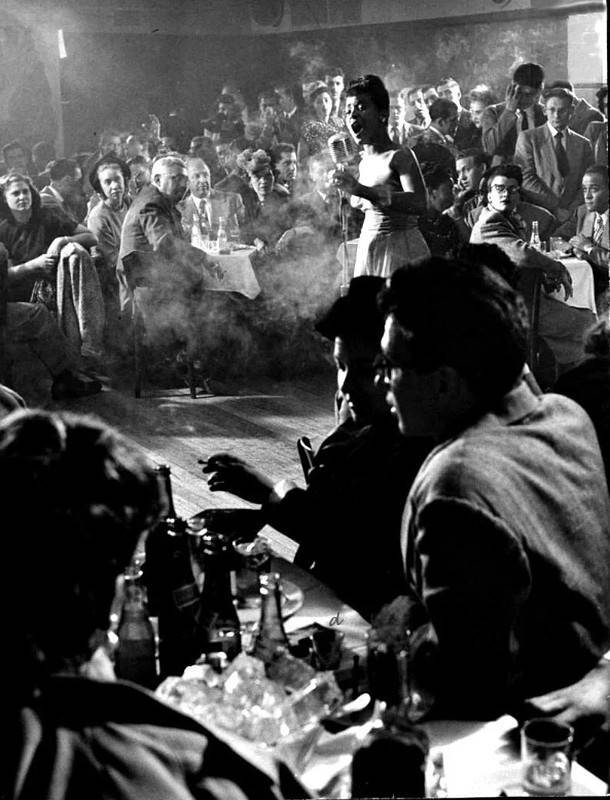
“Audrey Hepburn and Grace Kelly backstage at the Academy Awards, 1956”
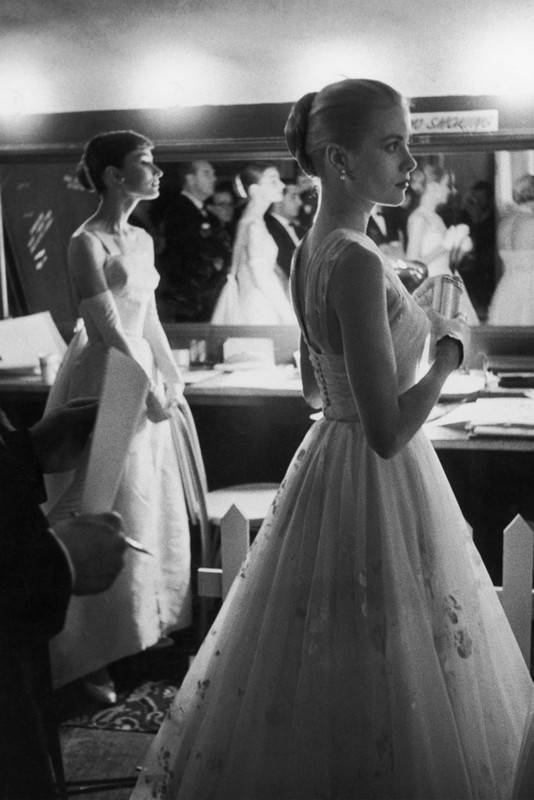
“Bride and groom in traditional attire. Delsbo, Sweden ca 1890’s”
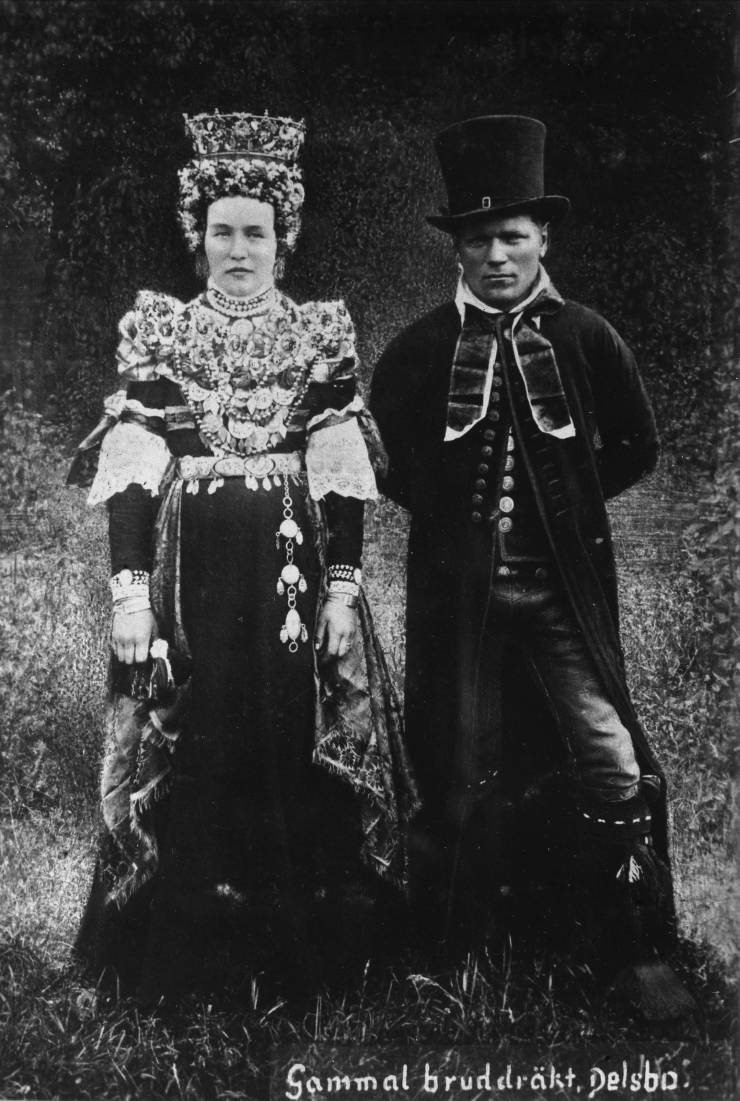
“Model and writer Alice Denham at her desk in 1962”
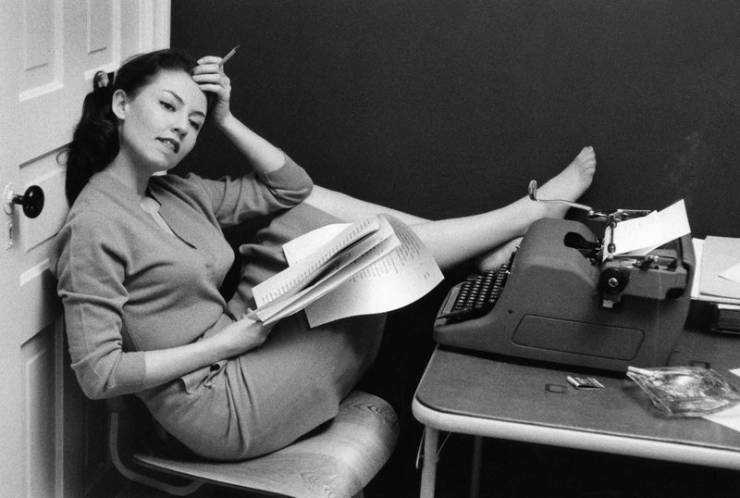
“Lovers at the movies, New York, ca. 1943”
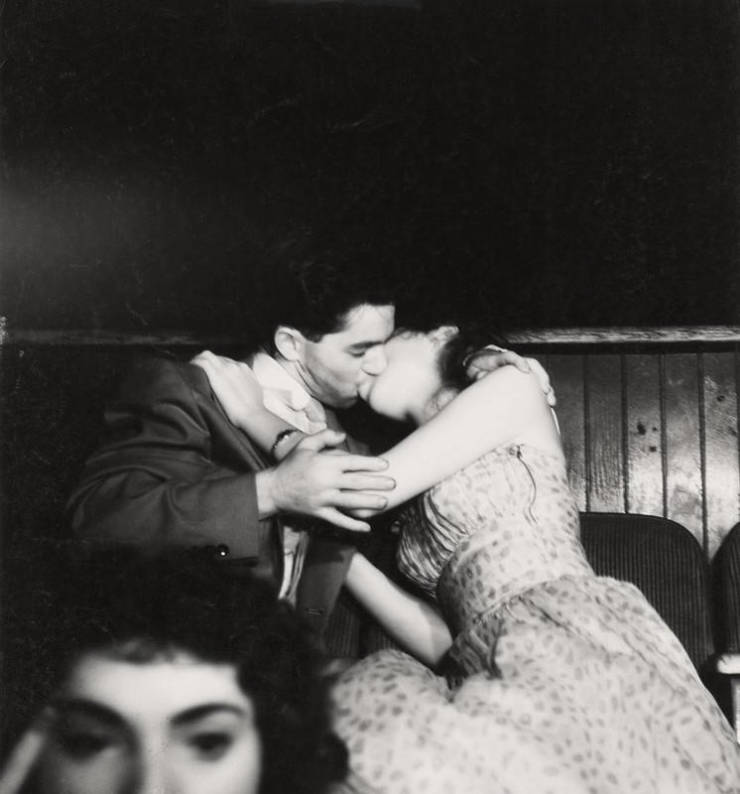
“Johnny Cash, Merle Haggard, Buck Owens, Glen Campbell”
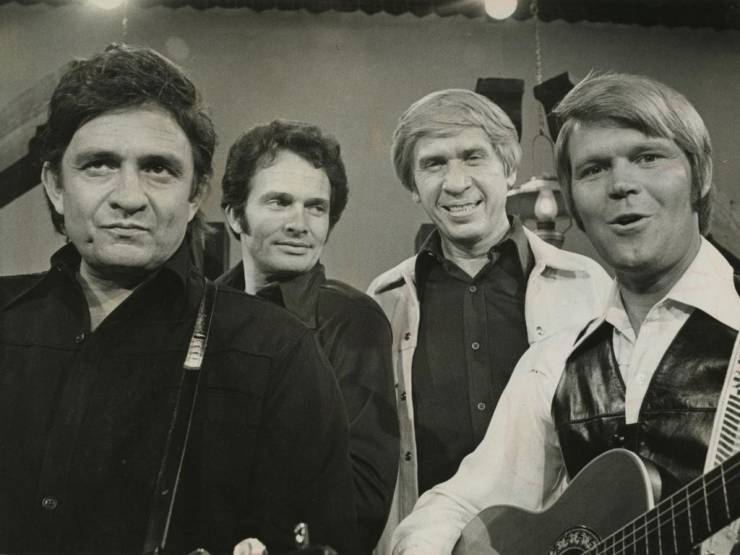
“The Ball Team, composed mainly of glass workers. Indiana, August 1908. Photo by Lewis Hine”
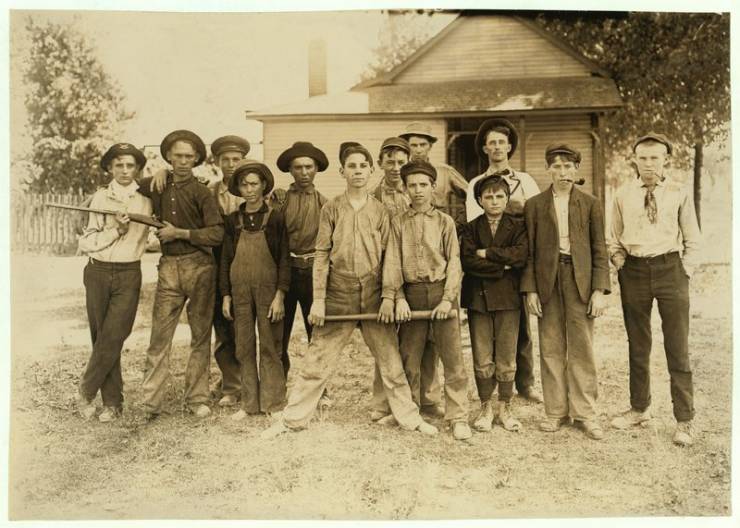
“Norma Jeane in 1945, before she became the famous Marilyn Monroe”

“Construction workers drinking beer in Soldiers Joy Cafe near Camp Blanding, December 1940. Starke, Florida.”
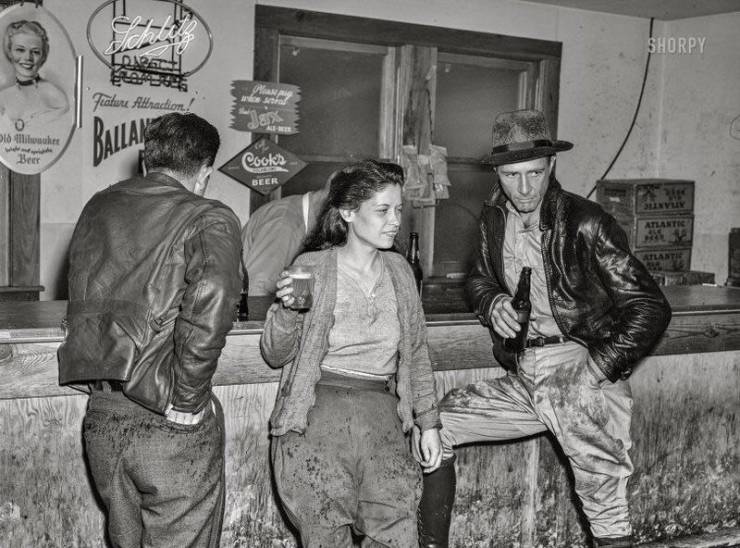
“Marcia Pascal, half-Cherokee woman, 1880s”
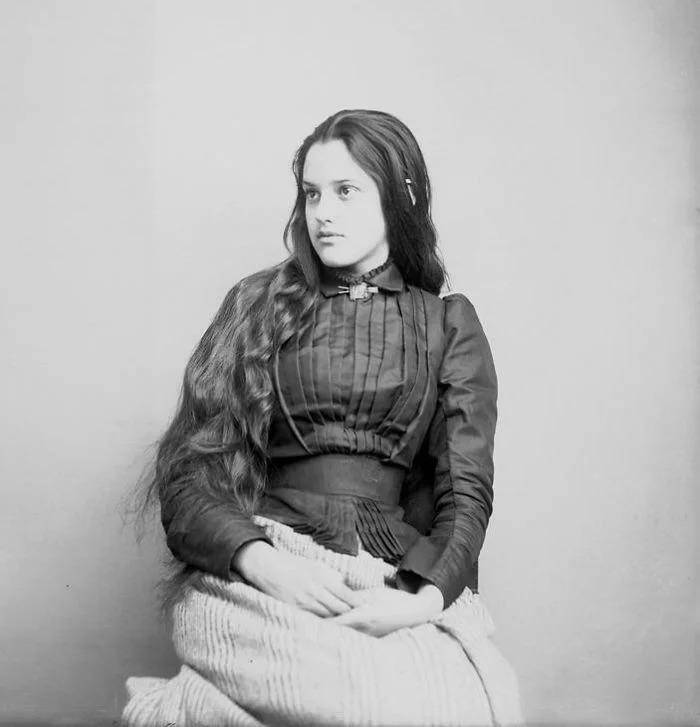
New Yorkers learn of the D-Day Invasion on June 6, 1944.
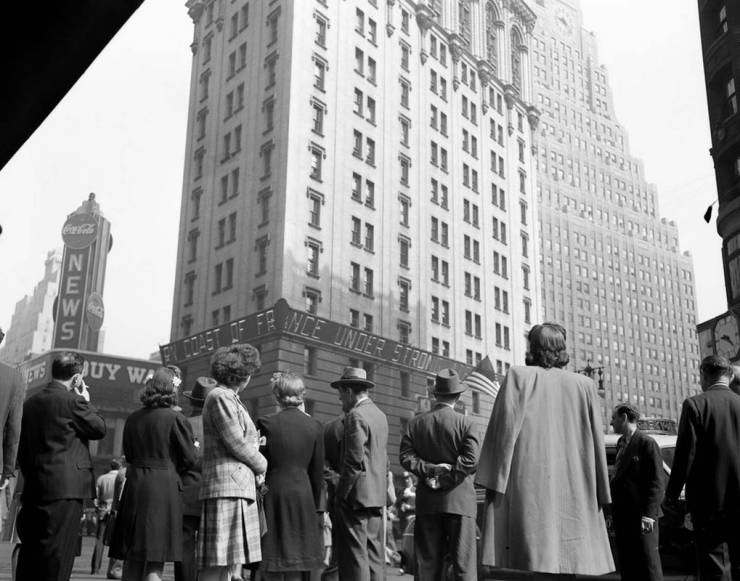
“By the time the sun rose in New York City on the morning of June 6, 1944, the first and second waves of American troops had come ashore under heavy German fire on the beaches of Normandy.
Working under the command of General Eisenhower, an armada of 5,000 ships brought troops to the beaches of Normandy, one of the largest in military history. Almost 150,000 troops stormed the beaches of Normandy on that summer day, and approximately 20,000 of those by parachute.
News of the invasion spread quickly that early morning in the streets of New York City. New Yorkers had their ears and eyes glued to radio stations and newspapers. The Daily News proclaimed in bold lettering: “INVASION BEGINS”.
New York Times editors rushed to put out a special 6 a.m. edition, with a front page headline announcing the “Great Invasion is Under Way.””
Ernest Shackleton’s ship (called endurance) during the imperial expedition to Antarctica, c. 1916
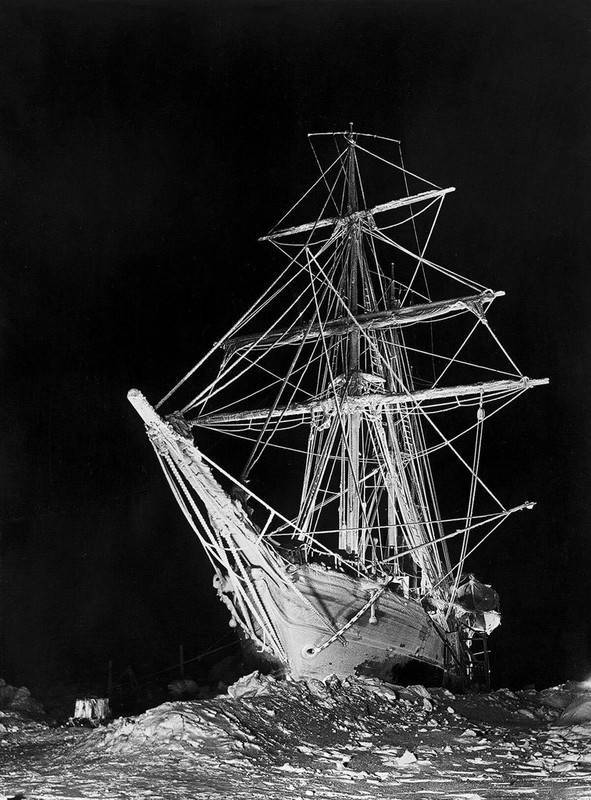
“This photo was prior to the ship being completely crushed and ultimately sunk by the forces of the pack ice after being trapped for months.
She was designed for polar conditions with a very sturdy construction. Her keel members were four pieces of solid oak, one above the other, adding up to a thickness of 85 inches (2,200 mm), while its sides were between 30 inches (760 mm) and 18 inches (460 mm) thick, with twice as many frames as normal and the frames being of double thickness. She was built of planks of oak and Norwegian fir up to 30 inches (760 mm) thick, sheathed in greenheart, a notably strong and heavy wood. The bow, which would meet the ice head-on, had been given special attention. Each timber had been made from a single oak tree chosen for its shape so that its natural shape followed the curve of the ship’s design. When put together, these pieces had a thickness of 52 inches (1,300 mm).”
“Last public appearance of Chinese leader Mao Zedong, 1976”
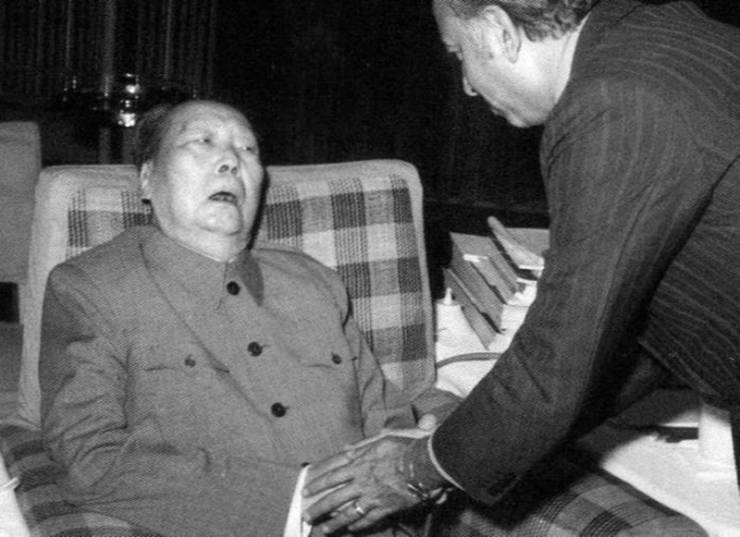
“Srbosjek (“Serb cutter”) used in Croatia for efficient murder of Serbs & other ethnic groups – 1941–1945”
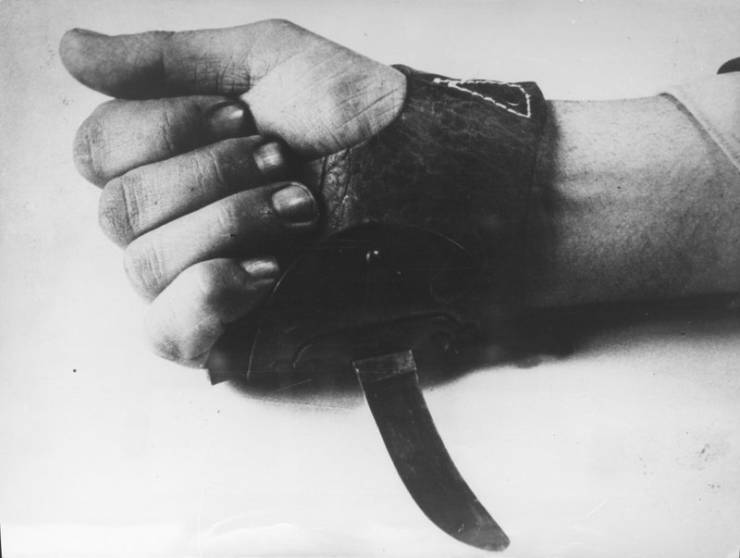
“The knife gained notoriety in the former Yugoslavian countries because it was believed to be used by the Croatian Ustaše during World War II for the killing of prisoners in the concentration camps of the Nazi-puppet Independent State of Croatia, most notably the Jasenovac concentration camp.
It is said that in the Jasenovac concentration camp competitions in speedy slaughter were organized by the Ustaše. The winner of one such competition, Petar Brzica slit the throats of 1,300 (or 1360) Serbian and Jewish prisoners.”
“12-year-old Sergeant John Lincoln Clem. American Civil War, 1863”
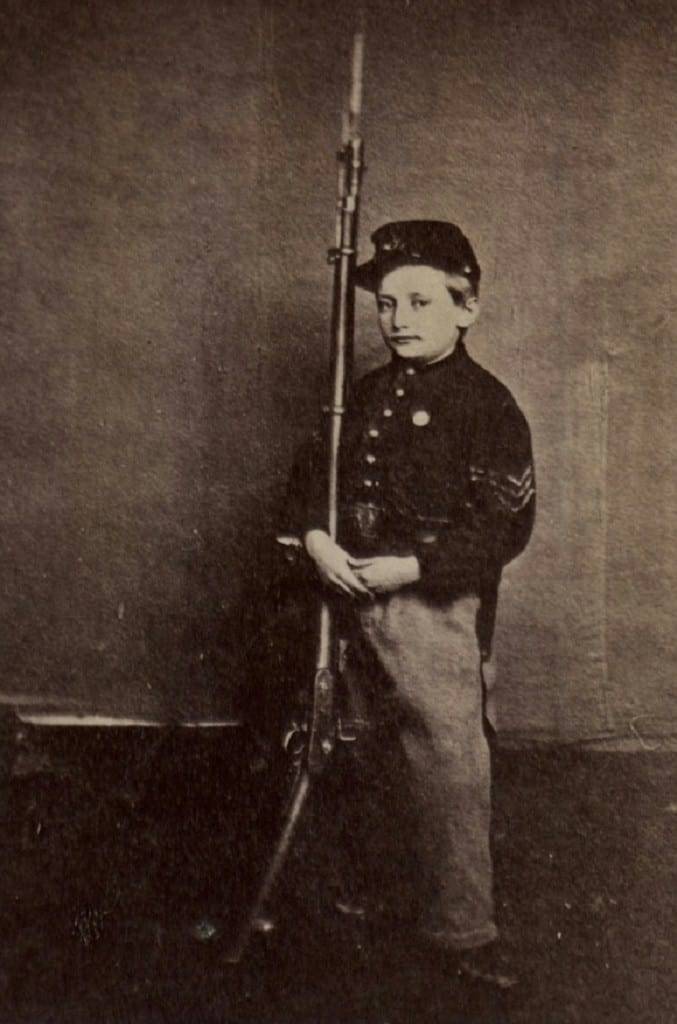
“6 year old Bill Clinton shaking hands with JFK, 1963”
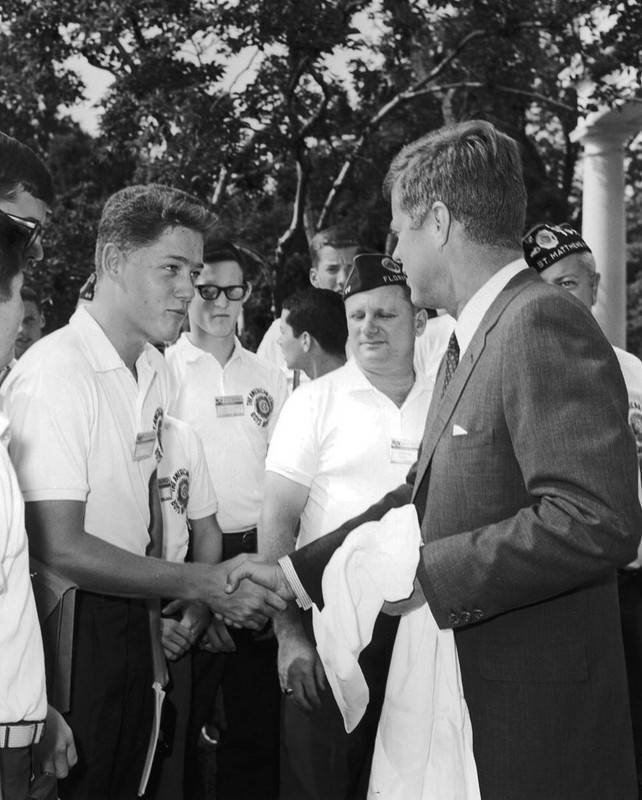
“Pope John Paul II immediately after being shot in St Peter’s Square in Vatican City, 1981. The Pope later forgave the shooter, Mehmet Ali Ağca, and requested his life-term imprisonment be pardoned”
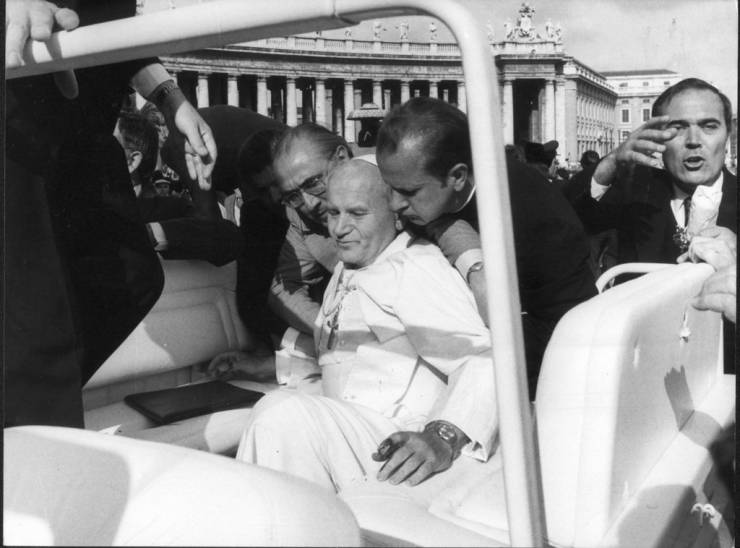
“Two boys asleep at 2 a.m. in the press room of the Sun newspaper, NYC, 1892 – by Jacob Riis”
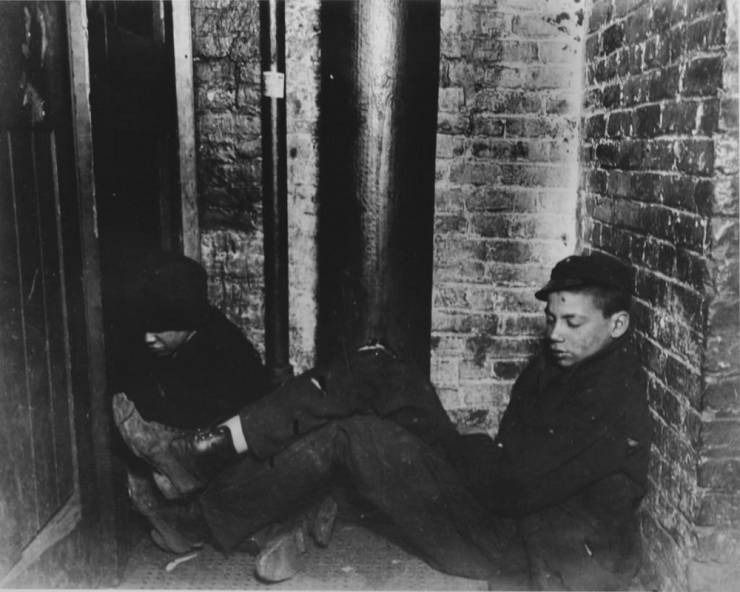
“Jacob August Riis (/riːs/; May 3, 1849 – May 26, 1914) was a Danish-American social reformer, “muckraking” journalist and social documentary photographer. He contributed significantly to the cause of urban reform in America at the turn of the twentieth century. He is known for using his photographic and journalistic talents to help the impoverished in New York City; those impoverished New Yorkers were the subject of most of his prolific writings and photography.
He endorsed the implementation of “model tenements” in New York with the help of humanitarian Lawrence Veiller. Additionally, as one of the most famous proponents of the newly practicable casual photography, he is considered one of the fathers of photography due to his very early adoption of flash in photography.”
“Father and son from the same German regiment read a letter from their respective wife and mother at the front, 1915.”
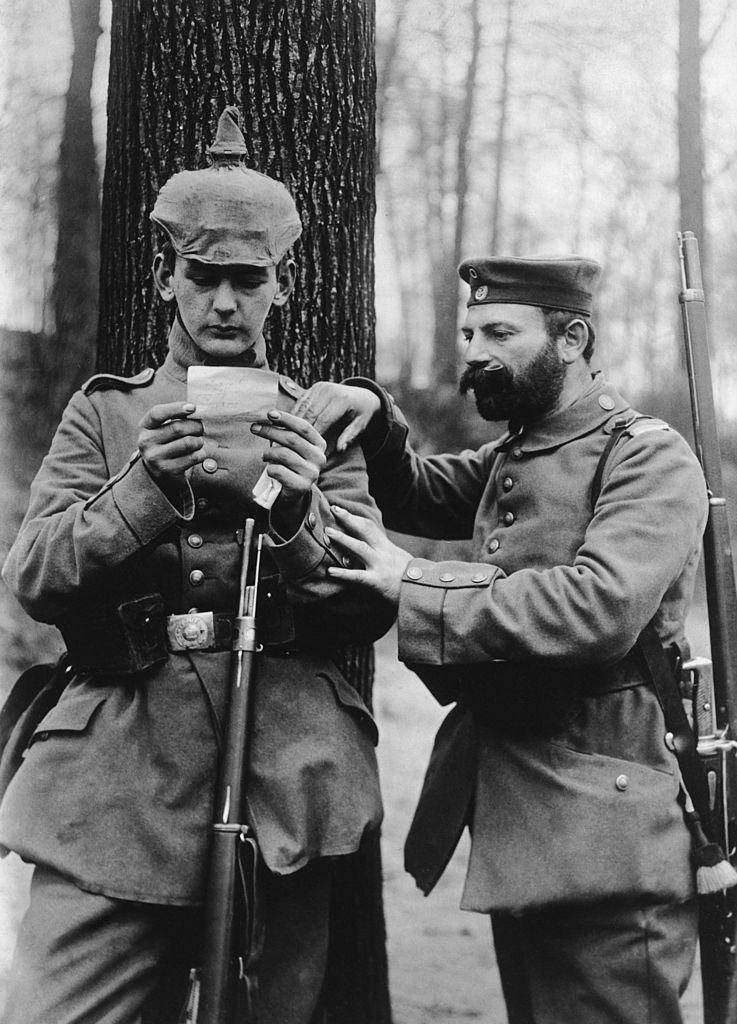
“The consequences of landing on the wrong Aircraft Carrier, 1952”
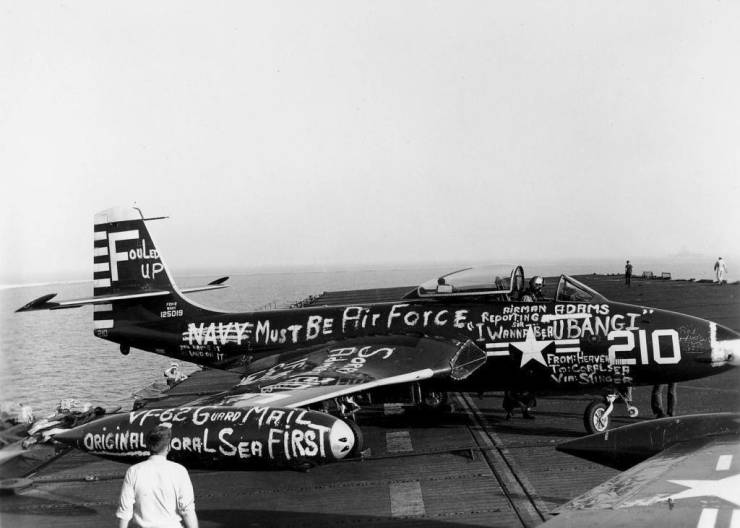
“US Naval tradition dictates that when a pilot mistakenly lands on the wrong aircraft carrier… fellow crew members do their absolute best to remain discreet so as not to embarrass the pilot.
Yet It has been rumoured that in some extremely rare and unusual circumstances, some sailors took it upon themselves to take advantage of the poor pilot’s misfortunate navigational error, and make sure their mistake did not go unnoticed. Imagine the embarrassment and horrors in having to return to your Boat with all the markings of your misadventure on display for all to see. “
“Survivors walk out of the Auschwitz children’s barracks, January 27, 1945”
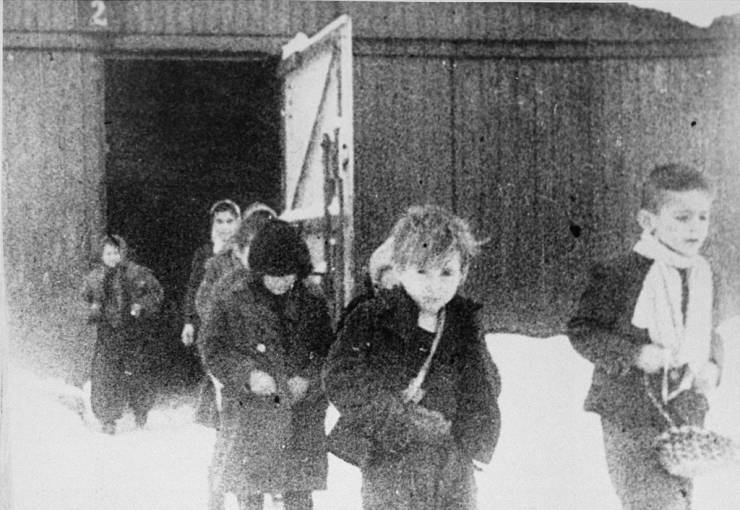
“Field Marshal Wilhelm Keitel signing the Instrument of Surrender of the German Wehrmacht at the Soviet headquarters in Karlshorst, Berlin, May 1945. After trial, he was sentenced to death and executed in Nuremberg Prison by hanging in 1946”
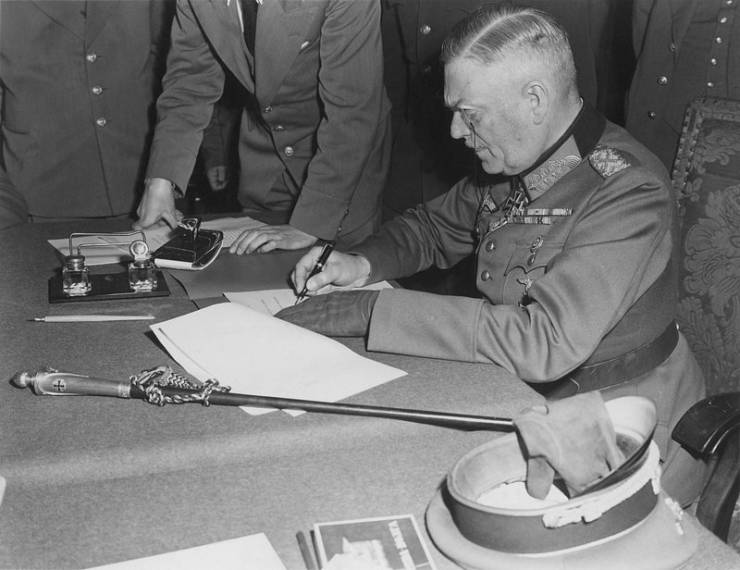
“His last words were: “I call on God Almighty to have mercy on the German people. More than 2 million German soldiers went to their death for the fatherland before me. I follow now my sons – all for Germany.”
The trap door was small, causing head injuries to Keitel and several other condemned men as they dropped. Many of the executed Nazis fell from the gallows with insufficient force to snap their necks, resulting in convulsions that in Keitel’s case lasted 24 minutes.
The corpses of Keitel and the other nine executed men were, like Hermann Göring’s, cremated at Ostfriedhof (Munich) and the ashes were scattered in the river Isar.”
“A man exercises using a rowing machine in the gym aboard the RMS Titanic, 1912”
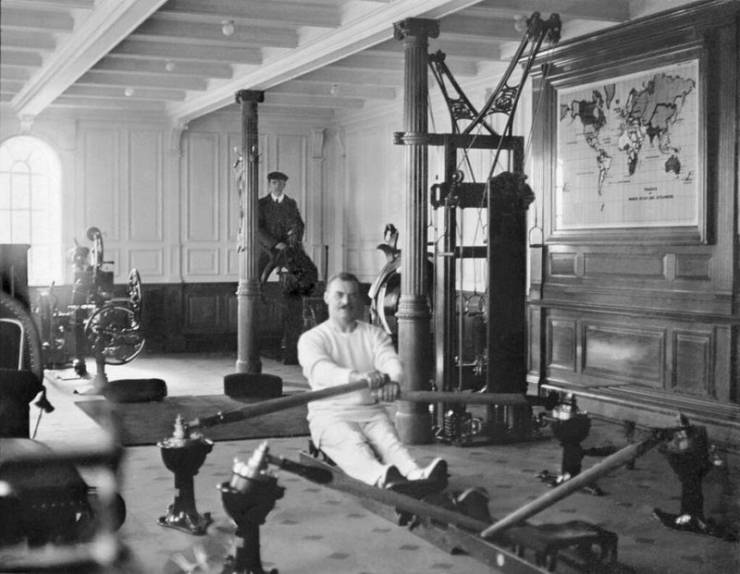
“Szeles Erika Kornelia, 15 year-old Hungarian anti-communist fighter during the 1956 Revolution. she was killed during the revolution”
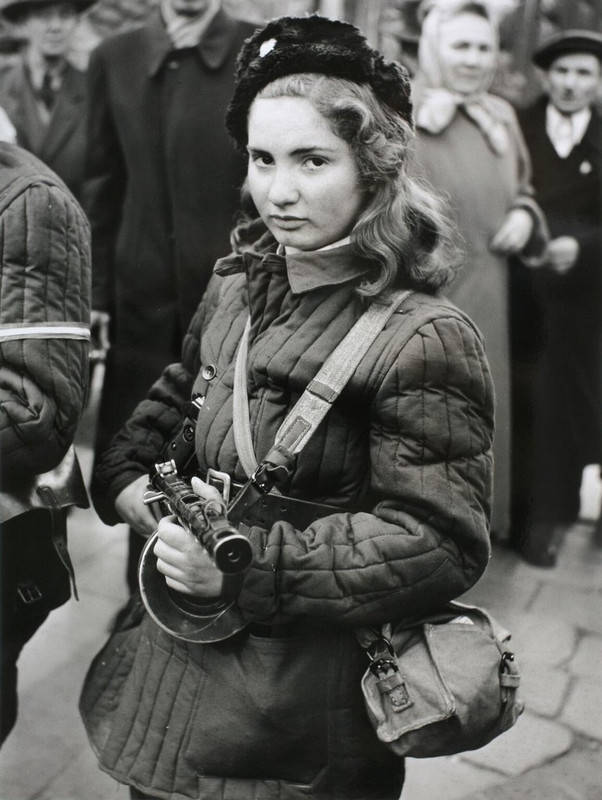
“A member of the state militia faces off against an African-American veteran during the 1919 Chicago Race Riot. July 27, 1919”
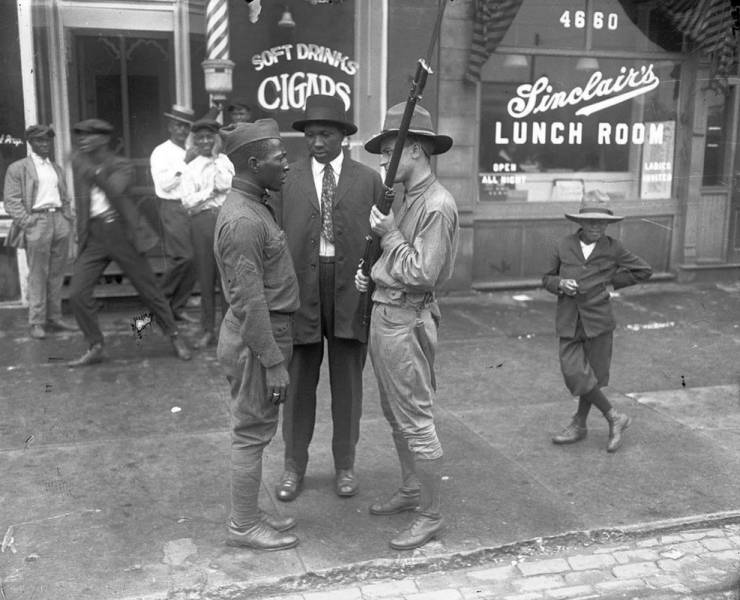
 Barnorama All Fun In The Barn
Barnorama All Fun In The Barn